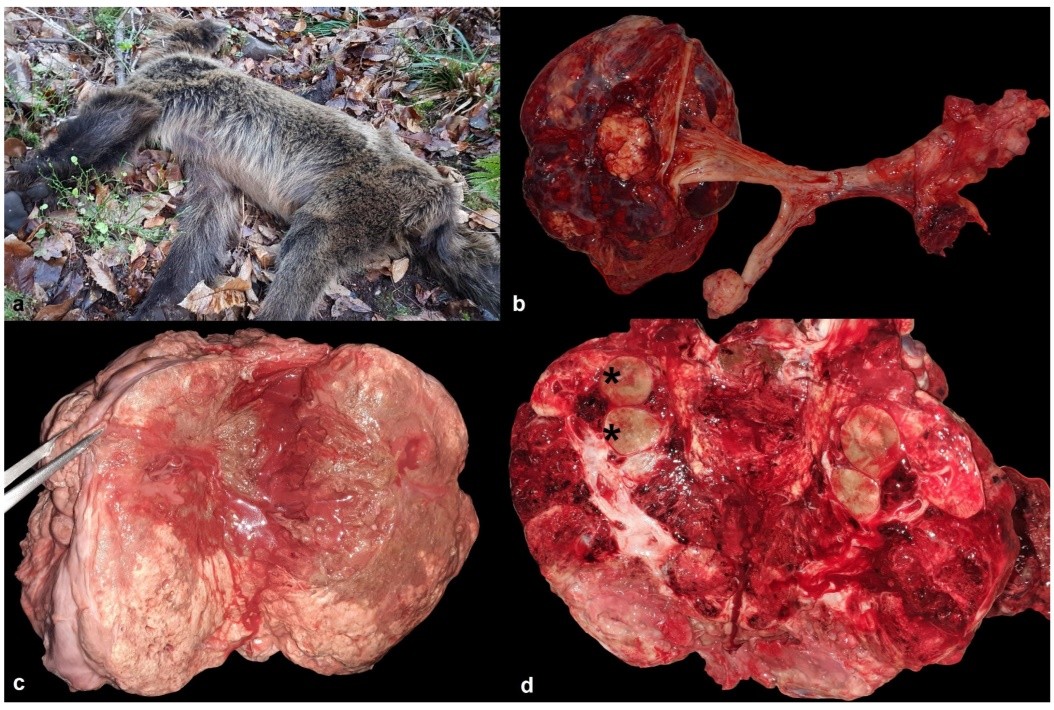New Horizons in The Treatment of Ovarian Cancer
DOI:
https://doi.org/10.64062/JPGMB.Vol1.Issue5.9Keywords:
Ovarian Cancer, Animal Models, Syngeneic Mice, Xenograft, Genetically Engineered Mice, Pre-Clinical StudiesAbstract
Ovarian cancer is one of the most fatal gynecological cancers because of its asymptomatic development, delayed detection, elevated recurrence rates, and resistance to chemotherapy, highlighting the critical need for novel treatment approaches. Pre-clinical research using various animal models—such as syngeneic, xenograft, and genetically altered mice—have been crucial in clarifying tumor biology, immunological interactions, metastatic behavior, and treatment responses. These models enable systematic assessment of traditional chemotherapies, targeted treatments, immunotherapies, and nanotechnology-based drug delivery systems, offering insights into effectiveness, pharmacokinetics, toxicity, and resistance mechanisms in an in vivo setting. Syngeneic models facilitate the exploration of immune-mediated therapy, xenografts provide the evaluation of human tumor-targeted interventions, and genetically altered mice mimic critical genetic alterations and tumorigenic pathways, hence augmenting translational value. Pre-clinical data indicate that novel therapies—such as PARP inhibitors, VEGF antagonists, immune checkpoint inhibitors, and nanoparticle-based therapeutic formulations—can enhance tumor shrinkage, extend life, and diminish systemic toxicity. Notwithstanding their limitations, such as the poor reproduction of human tumor heterogeneity and disparities in immune systems, animal models are essential for connecting laboratory research with therapeutic application. This review consolidates advancements in animal-based ovarian cancer research, assesses model-specific advantages and disadvantages, and underscores the incorporation of traditional and novel medicines to formulate safer, more effective, and individualized treatment approaches.




